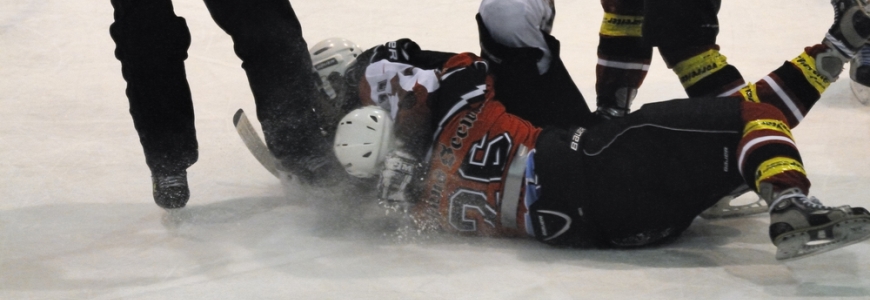
As the weather is expected to become more wintery, I thought that this decision speaking about our nation’s love – hockey – and an injury during a game, would be timely.
Casterton v. MacIsaac was released on January 10th, 2020. The Plaintiff was playing in a recreational hockey game, when the Defendant knocked the Plaintiff off his feet, causing him to hit his head on the ice and resulting in him losing consciousness briefly. The Defendant said it was an accident, after he made a sharp, unexpected left turn.
There is a great summary of past actions involving injuries from hockey games. Ultimately, Justice Gomery stated that:
“On this analysis, a person injured during a hockey game does not need to prove either an intent to injure or reckless disregard. The injured player must simply show that the injury was caused by conduct that fell outside of what a reasonable competitor would expect in the circumstances.“
The evidence demonstrated:
- The League is a recreational, non-contact league. Every player who testified nevertheless recognized that hockey is a fast-paced sport where some degree of body contact is inevitable. Accidental injury is always a risk. Various players talked about past injuries they got from loose pucks. Players in the League, including the Plaintiff, signed a waiver releasing the league from any damages as a result of hockey injuries. It is interesting to note that the League is not a Defendant in the action.
- Injury can be caused by contact with other players. Body checking is punishable as a major penalty. The very existence of this penalty shows that body checking – just like conduct that may attract a minor penalty, such as tripping and hooking – may occur. It is sanctionable, but not completely unexpected conduct.
- In sum, players can expect that they may be accidentally injured during a game, even a game in a recreational, non-contact league. They accept this risk when they play (volenti non fit injuria).
- Each player also testified, however, that blindside hits – especially hits to the head – are absolutely prohibited. They have no place in recreational play, or in any hockey game.
Based on the evidence from the players, referees etc…it was found that the Defendant was liable for the injuries sustained to the Plaintiff in the game.
In terms of contributory negligence, the Plaintiff’s cannabis use was brought forward to state that it resulted in his slower response time. This argument, based on the evidence of an expert, was dismissed.
With regard to the Plaintiff’s injuries, the Plaintiff had a concussion, two broken teeth, and various facial cuts as a result of his collision with the Defendant. In the first four months, his post-concussive symptoms prevented him from working as a personal trainer or engaging in meaningful recreational or social activities. Although he returned to work part-time in June or July 2012, he has never returned to the life he enjoyed prior to the March 15, 2012 game. It was concluded that the Plaintiff’s symptoms are the result of the neurological effects. It was accepted that the injuries are permanent.
General Damages were awarded for $63,000.00, $199,512 for past loss of income and future income loss was awarded for $440,039. In terms of the punitive damages claim, it was concluded that the Defendant’s conduct was not so exceptional, as to merit punitive damages.
What distinguishes this decision is the analysis of the players’ recollections of the incident and the expectations during play. Given that it is a hockey game, there is a risk of injury. But blindsides, as what transpired in this play, are prohibited. As a result, liability was found.
